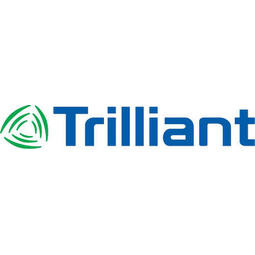Hydro One’s award winning advanced metering infrastructure (AMI) network uses Trilliant’s communications platform, which allows the communications technology to harness the benefits of smart distribution and smart metering, which results in a smart consumer. Hydro One’s network is comprised of a two-way self-healing mesh radio network based on the global IEEE 802.15.4 standard. Trilliant’s SecureMesh solution for smart metering forms a central nervous system for the smart grid, providing intelligent communications, connecting devices from a range of leading manufacturers, and supporting advanced metering, demand response and other advanced smart grid solutions like smart distribution. For Hydro One’s deployment, meters from three major meter manufacturers are equipped with Trilliant’s proprietary SecureMesh Network Interface Cards (NICs) that enable meter data communications over the mesh network. In the future, in-premise smart thermostats and in-home displays will also operate over the common communications network. Trilliant’s smart meter solution provides the flexibility to accommodate cellular, broadband, or fiber WAN backhaul capability. In addition to connecting residential meters, Hydro One needed a solution for more than 10,000 hard-to-reach commercial and industrial (C&I) meters. Trilliant’s CellReader® modules are installed under the glass of C&I meters to enable near real-time visibility into complex meter data via public cellular networks. Hydro One is also using the Trilliant UnitySuite™ Head-End Software for network configuration and management, meter reading services, device management and demand response applications. The software delivers valuable operational insight by making available a wide range of reporting and charting capabilities together with real-time operational dashboards that monitor Hydro One business processes and services, service levels and key performance indicators. A Phased Approach Replacing 1.2 million meters with a geographically dispersed work force is a monumental task. Additionally, with such an expansive territory, determining definitive locations of physical assets, such as poles and towers where network infrastructure could be mounted posed a significant challenge. An initial pilot deployment of 15,000 meters was conducted to identify improvements that could be applied to the mass deployment of the network and meters. While meter installers were field testing tools and procedures, a market research firm was following behind to gather customer feedback on the installation process and education materials. The results of the customer survey spoke for themselves—more than 90 percent of customers surveyed were very pleased with the process and more than 80 percent of customers felt the information provided by Hydro One was useful and informative. After successfully completing the pilot and incorporating lessons learned, Hydro One began the work of deploying the AMI infrastructure across the province. After successfully completing the pilot and incorporating lessons learned, Hydro One began the work of deploying the AMI infrastructure across the province.
Read More




